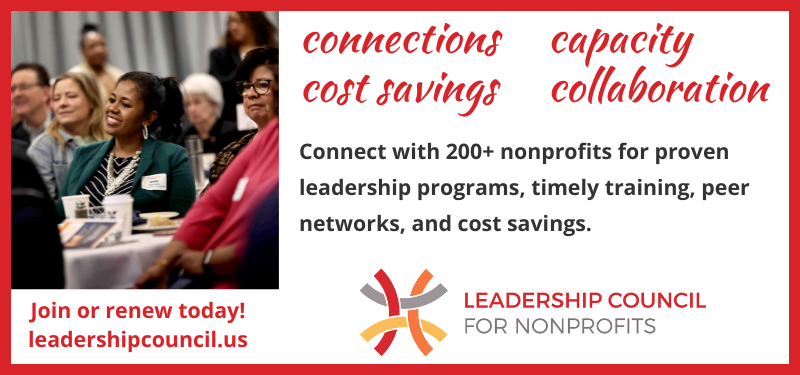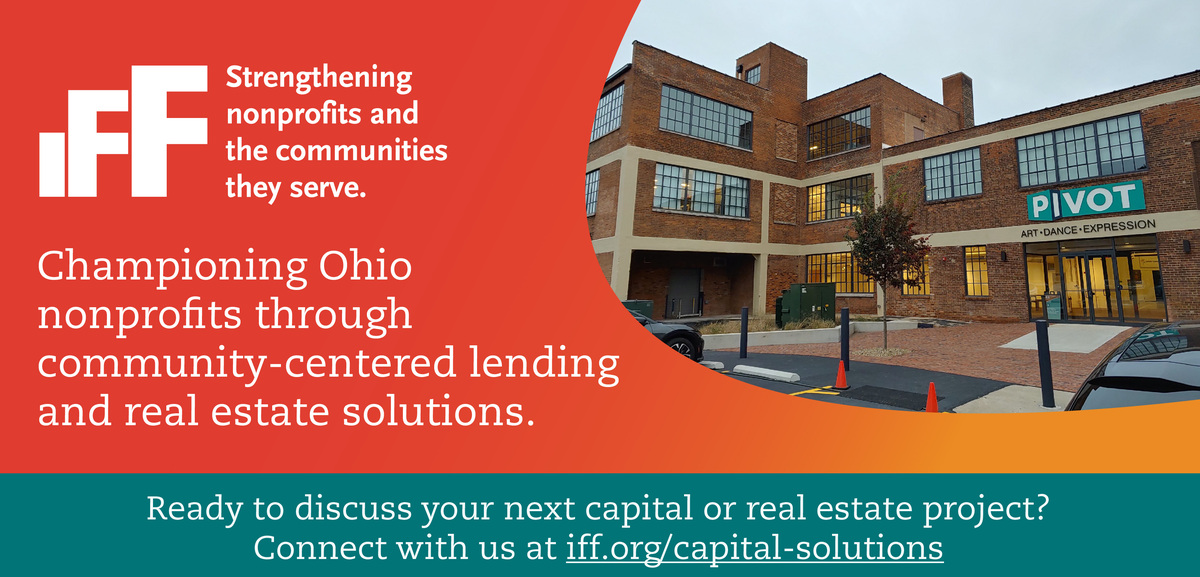Feature article from our sponsor, Gilman Partners
.jpg)
Title: Enhancing CEO/Board Chair Relationships in Nonprofits
Submitted by Barry Elkus, Partner and Executive Search Consultant
Nonprofit leaders recently convened in a roundtable discussion hosted by Gilman Partners’ Nonprofit Leadership Practice to share strategies for improving CEO/ED-Board Chair collaborations. Key insights emerged, emphasizing the following practices:
Clarity of Roles
Effective governance hinges on clearly defined responsibilities for both the CEO and Board Chair. A shared understanding minimizes confusion and fosters a productive partnership akin to a tennis doubles match, where both leaders are on the same side of the net. Moreover, appointing a Board Chair with prior leadership experience enhances collaboration and decision-making.
Supporting New CEOs
Smooth CEO transitions are vital, facilitated by proactive onboarding initiatives led by the Board. Early priorities include team assessment and understanding organizational dynamics within the critical first 30, 60, and 90 days. Establishing clear expectations and regular communication aligns goals and strategies.
Empowering Board Chairs
Building trust between the Board Chair and CEO requires creating 'protected space' for collaborative decision-making. Spending time together outside the office foster creative alignment. Equipping Board Chairs with essential skills through training and mentorship ensures effective navigation of their responsibilities.
Utilizing Vice Chairs and Past Chairs
The Vice Chair role offers succession planning opportunities and strategic leadership development. Involving Vice Chairs in discussions prepares them for future leadership roles. Past Chairs contribute valuable insights and support during transitions, ensuring continuity.
Board Development and Succession Planning
Strategic selection of Board Chairs aligns leadership skills with organizational needs. Annual assessments identify leadership potential and support succession planning. Board committees serve as a talent pipeline, grooming future leaders for officer and committee chair positions.
Leadership Succession Planning
Organizational succession planning is critical for long-term stability. Identifying and nurturing future leaders in the talent pipeline ensures continuity. Board Chairs play a key role in normalizing conversations about CEO tenure and assessing internal talent for succession planning.
In conclusion, implementing these practices strengthens nonprofit leadership teams, fosters collaborative relationships, and ensures long-term sustainability. Effective governance requires proactive onboarding, role clarity, empowered Board Chairs, utilization of Vice Chairs and Past Chairs, and strategic succession planning. Prioritizing these areas enables nonprofits to navigate challenges and drive meaningful impact in their communities.






.png)




